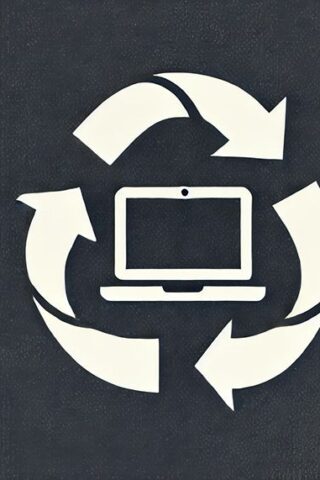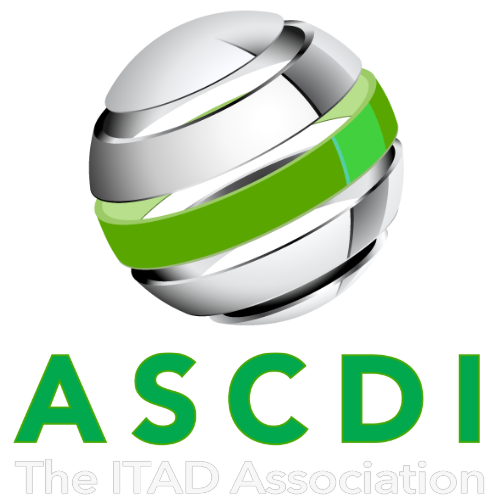Precision and efficiency define modern IT asset management (ITAM) and reverse logistics. From secure disposition to environmental compliance, professionals rely on a specialized vocabulary to navigate the complexities of IT logistics. These technology acronyms encapsulate critical processes that ensure seamless tracking and returns of hardware.
Why Understanding IT Acronyms Matters
Acronyms are everywhere in IT. They appear in software interfaces, technical documents, meetings, and everyday conversations. Without a solid understanding of these terms, professionals may misinterpret critical information and make costly mistakes.
Teams across IT, finance, and operations work more effectively when they share a common language. Clear, accurate terminology ensures everyone stays on the same page, reducing errors and streamlining workflows.
Additionally, technology acronyms extend beyond ITAM. Professionals who stay informed about these terms can adapt more quickly to industry shifts. As organizations integrate artificial intelligence, automation, and cloud-based solutions into their IT strategies, understanding key acronyms becomes even more essential.
Common ITAM Acronyms
Below is a list of the most widely used ITAM acronyms, each essential for managing IT assets, optimizing supply chains, and executing sustainable reverse logistics strategies.
1. 3PL: Third-Party Logistics
A third-party logistics (3PL) provider offers outsourced services that include warehousing, inventory management, order fulfillment, and transportation. These providers help businesses optimize supply chain operations by handling logistics functions more efficiently than in-house teams.
2. 3PRLP: Third-Party Reverse Logistics Provider
A third-party reverse logistics provider (3PRLP) specializes in managing the return, refurbishment, resale, and recycling of assets after they reach end-of-life (EOL). These providers ensure that returned assets are processed in compliance with regulatory standards while maximizing value recovery.
3. API: Application Programming Interface
An application programming interface (API) is a set of protocols that enables different software applications to communicate and integrate seamlessly. APIs streamline data exchange and workflow automation, reducing the need for manual intervention and improving system interoperability.
4. AWB: Air Waybill
An air waybill (AWB) is a shipping document issued by an air carrier that tracks and verifies shipments during transit. It includes the sender, recipient, destination, and shipment terms. It ensures proper handling and delivery of IT assets.
5. BOL: Bill of Lading
A bill of lading (BOL) is a legally binding document issued by a carrier that details the type, quantity, and destination of shipped goods. It serves as both a receipt and a contract, so IT assets are transported securely and compliant with logistics agreements.
6. COC: Chain of Custody
The chain of custody (COC) documents secure the transfer of IT assets from one party to another. It is a critical component of IT asset disposition, providing traceability for audits and certifications.
7. CRM: Customer Returns Management
Customer returns management (CRM) refers to the process of handling product returns efficiently to maintain customer satisfaction and operational efficiency. In IT logistics, CRM ensures that returned devices follow proper refurbishment, recycling or resale protocols.
8. DaaS: Device as a Service
DaaS is a subscription-based model providing businesses with endpoint devices along with comprehensive maintenance and support services. Instead of purchasing hardware outright, companies lease devices and pay a monthly fee.
9. DC: Distribution Center
A distribution center (DC) is a centralized facility for receiving, processing, storing, and shipping IT equipment. These centers are crucial in IT asset lifecycle management because they oversee efficient redistribution and reverse logistics operations.
10. EDP: Environmental Disposition Provider
An environmental disposition provider (EDP) ensures that IT assets are recycled or disposed of in an environmentally responsible manner. These providers comply with regulatory requirements such as R2 (Responsible Recycling) and SERI (Sustainable Electronics Recycling International) standards.
11. EOL: End of Life
End of life (EOL) refers to the stage when IT equipment is no longer viable for use and must be retired, repurposed or recycled. Considerations include offboarding, data security, and transportation to an EOL service provider. Proper EOL management maintains compliance with data security regulations and supports environmental sustainability goals.
12. EOS: End of Support
Like EOL, EOS marks when a vendor stops providing updates, patches, and technical support for a product. Operating unsupported software creates security risks and compliance challenges. IT teams must track EOS dates to plan for timely replacements.
13. ERP: Enterprise Resource Planning
Enterprise resource planning (ERP) software integrates and manages core business processes, including finance, supply chain, and asset tracking. ERP systems streamline operations by centralizing data and automating workflows across departments.
14. ESG: Environmental, Social and Governance
Environmental, social and governance (ESG) is a framework for assessing a company’s sustainability, ethical impact, and corporate responsibility practices. Companies prioritizing ESG compliance reduce environmental risks and enhance long-term operational resilience.
15. FTL: Full Truckload
A full truckload (FTL) shipment utilizes an entire truck dedicated to a single shipment, minimizing handling risks for high-value IT assets. FTL is often used when businesses need to transport large quantities of IT equipment efficiently.
16. HAM: Hardware Asset Manager
A HAM is a hardware asset manager, the individual(s) at an organization responsible for
Managing the entity’s physical IT assets throughout their lifecycle. HAM can also refer to Hardware \Asset Management, a ServiceNow application that helps organizations track IT asset lifecycles.
17. IT: Information Technology
Information technology (IT) encompasses the infrastructure, software, and hardware that power business operations. IT management includes maintaining secure networks, optimizing asset usage, and ensuring proper end-of-life disposition.
18. ITAD: IT Asset Disposition
IT asset disposition (ITAD) refers to the secure and environmentally responsible disposal, recycling, resale, or donation of IT equipment. This process helps organizations manage retired assets while maintaining data security and regulatory compliance.
19. ITAM: IT Asset Management
IT asset management (ITAM) involves tracking and managing IT hardware throughout its lifecycle to optimize performance and cost efficiency. It includes procurement, deployment, maintenance, and disposition to maximize asset value and operational effectiveness.
20. LP: Logistics Partner
A logistics partner (LP) is a third-party provider that assists with transporting, storing, and handling IT assets. Reliable logistics partners manage and ensure the secure and efficient movement of assets through the reverse supply chain.
21. LTL: Less Than Truckload
A less-than-truckload (LTL) shipment consolidates multiple shipments in a single truck to optimize freight costs. LTL is commonly used for IT asset returns that do not require an entire truck.
22. MAM: Mobile Asset Management
MAM refers to the tracking and security of mobile devices. With remote work on the rise, ITAM teams implement MAM solutions to enforce security policies and ensure compliance with company standards.
23. MRO: Maintenance, Repair and Operations
Maintenance, repair and operations (MRO) encompass activities related to the upkeep and servicing of IT equipment. These processes ensure that IT assets remain functional, secure, and compliant with industry standards.
24. ODM: Original Design Manufacturer
An original design manufacturer (ODM) creates and manufactures IT hardware for other companies, which then sell it under their brand. Prominent ODMs in IT hardware include Foxconn, Wistron Corp, Wiwynn, and Pegatron.
25. OEM: Original Equipment Manufacturer
An original equipment manufacturer (OEM) designs and produces IT hardware under its brand, such as Dell, HP, Lenovo, and Apple. OEMs often collaborate with reverse logistics providers to ensure secure disposal and recycling of their products.
26. POS: Point of Sale
A point-of-sale (POS) system processes transactions and collects sales data in retail environments. IT asset managers often oversee POS system upgrades, returns, and end-of-life disposal.
27. R2: Responsible Recycling
Responsible Recycling (R2) is a certification that ensures IT asset disposition providers follow industry-leading sustainability and data security practices. R2-certified recyclers comply with SERI guidelines to prevent e-waste pollution.
28. RA: Return Authorization
A return authorization (RA) is an approval required before returning IT equipment to a vendor or ITAD provider. This process verifies that asset returns align with warranty agreements and regulatory policies.
29. RER: Remote Employee Returns
Remote employee returns (RER) refer to retrieving IT assets from employees working remotely or in hybrid environments. Companies use specialized solutions to streamline logistics, maintain compliance, and protect data security for returned devices.
30. RGA: Return Goods Authorization
A return goods authorization (RGA) is a formal approval that allows customers or businesses to return goods to a supplier. In IT asset logistics, RGAs help efficiently manage defective or surplus equipment while maintaining tracking integrity.
31. RLA: Reverse Logistics Association
The Reverse Logistics Association (RLA) is an industry organization focused on best practices, standards, and networking in reverse logistics. Companies engaged in IT asset disposition leverage RLA insights to enhance sustainable and compliant asset returns.
32. RMA: Return Merchandise Authorization
A return merchandise authorization (RMA) is required before customers can return faulty or unwanted products. RMAs streamline the process of IT asset returns for proper tracking, verification, and disposition.
33. ROI: Return on Investment
Return on investment (ROI) is a financial metric used to evaluate the profitability of an investment, including IT asset management initiatives. Maximizing ROI in IT asset disposition involves optimizing asset recovery, minimizing costs, and enhancing operational efficiency.
34. RTM: Return to Manufacturer
Return to manufacturer (RTM) is a process where IT assets are sent back to the original manufacturer for repairs, refurbishment or recycling. Businesses rely on logistics services to coordinate RTM shipments efficiently and securely.
35. RTV: Return to Vendor
A return to vendor (RTV) occurs when businesses return IT equipment to the supplier due to defects, warranty claims or end-of-life agreements. RTV processes require meticulous tracking to maintain compliance with supplier contracts and service-level agreements.
36. SaaS: Software as a Service
SaaS delivers software applications over the Internet rather than through traditional on-premise installations. Businesses use SaaS applications for email, collaboration, project management, and other essential functions. ITAM teams must track SaaS subscriptions, monitor user access, and ensure compliance with licensing agreements.
37. SAM: Software Asset Management
SAM is a subset of ITAM focusing on software tracking and compliance. It ensures organizations use licensed software correctly, avoid unnecessary costs, and reduce the risk of audits. SAM tools help IT teams monitor software deployments and usage patterns to optimize licensing agreements.
38. SERI: Sustainable Electronics Recycling International
Sustainable Electronics Recycling International (SERI) is the governing body maintaining the R2 (Responsible Recycling) standard. SERI enforces high standards for environmental and data security compliance among electronics recyclers.
39. SKU: Stock Keeping Unit
A stock keeping unit (SKU) is a unique identifier assigned to IT products for inventory tracking and logistics management. Efficient SKU management helps organizations optimize IT asset tracking, retrieval, and disposition.
40. SLA: Service Level Agreement
A service level agreement (SLA) is a contract that defines the expected performance and service quality between a provider and a customer. Logistics partners adhere to SLAs to maintain efficient and compliant IT asset returns.
41. SLM: Service Level Management
SLM ensures that IT services meet predefined performance standards based on service-level agreements (SLAs). Organizations use SLM to track uptime and service quality. ITAM teams play a role in maintaining SLAs by ensuring that assets function reliably.
42. SN: ServiceNow
ServiceNow (SN) is a cloud-based IT service management platform enterprises use for asset tracking and workflow automation. IT asset managers use ServiceNow to seamlessly schedule, track, and report on logistics operations.
43. SOW: Statement of Work
A statement of work (SOW) is a document that defines the scope, deliverables, and timelines for a specific project. In reverse logistics, SOWs ensure logistics providers and ITAD companies align on expectations for secure and efficient asset returns.
44. TMS: Transportation Management System
A transportation management system (TMS) is a software platform that optimizes shipment routing, carrier selection, and freight tracking.
45. WGS: White Glove Services
White glove services (WGS) refer to premium handling solutions for high-value or sensitive IT assets, ensuring extra care during packaging, transportation, and setup. Onepak offers white glove logistics to meet specialized IT asset return needs.
46. WIP: Work in Progress
Work in progress (WIP) refers to IT assets undergoing repairs, upgrades or modifications before being redeployed or resold. Proper WIP tracking helps businesses optimize asset utilization and minimize downtime.
47. WMS: Warehouse Management System
A warehouse management system (WMS) is software used to oversee the storage, movement and organization of IT assets within a distribution center. Businesses implementing a WMS improve inventory accuracy and streamline asset retrieval for redeployment or disposition.
48. XaaS: Anything as a Service
XaaS is an umbrella term covering various cloud-based service models, including SaaS, PaaS, and IaaS. ITAM teams track XaaS solutions to manage costs and monitor service agreements.
Finally, here are key terms that, while not part of the ITAM acronym list, play a significant role in reverse logistics.
- Freight: The transportation of large shipments of IT equipment in bulk.
- Parcel: The shipment of a single-package IT asset.
- Lessor: An entity that owns and leases IT assets to another party.
- Lessee: A business or individual that rents IT assets from a lessor.
- E-waste: Discarded electronic devices that require proper recycling or disposal.
- Take, Make, Waste: A linear production model where resources are extracted, used and discarded.
- Circular Economy: A sustainable model focusing on reusing, refurbishing, and recycling IT assets to minimize waste.
Partner with Onepak for Smarter Reverse Logistics
Managing IT assets effectively requires more than understanding acronyms. Businesses need a trusted partner to simplify asset tracking and ensure sustainable technology lifecycle management. Onepak delivers industry-leading IT asset logistics and disposition solutions, helping organizations easily take control of their ITAM processes.
Onepak simplifies reverse logistics with advanced technology, compliance-driven transportation, and a deep understanding of reverse logistics processes critical to IT asset management. With Onepak, businesses reduce costs and achieve sustainability goals while maintaining data security. Whether handling large-scale IT deployments, managing returns or implementing responsible recycling, Onepak provides the expertise to support your organization’s success.
Partner with us and transform the way you manage IT asset logistics.








